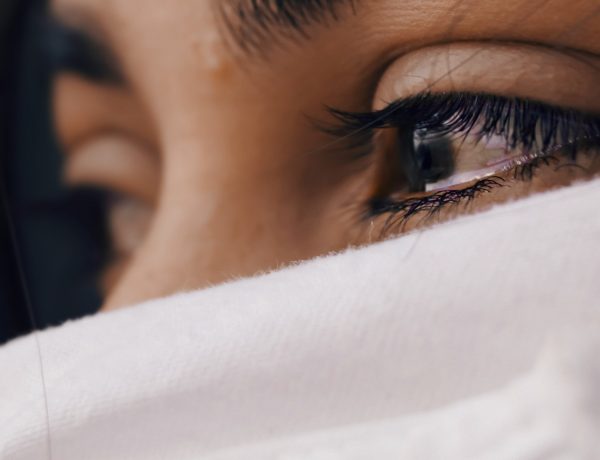By: Ruth Cohn, MFT, CST, original publication
As all who have been in the world of trauma know, whether as a clinician, researcher, survivor or some combination thereof, the area of greatest injury to life and to function is in the domain of relationship. That has certainly been the crippling pain, anxiety, shame or simple cluelessness, most likely to bring people to my therapy office door, and was certainly true for me. As mammals, attachment, connection and interdependence are primordial, fundamental to survival. That would begin to explain the urgency and despair we experience in its absence.
As human beings, love and relatedness are at the heart of what makes life most worth living, as exemplified in our art, music, literature, and all other media of expression around the world. It is a great motivator. It is the pivotal and most missing ingredient in childhood neglect, especially in the developmental or earliest incidence of neglect, which is so much of what I see. By early, I mean the very tender, and of course “unremembered” infant months and years. I say unremembered cautiously, because the desolation and uncertainty of isolation, are in fact on record in the nervous system and in the body. We do know that by now, yet it is so “easy” or adaptive to forget.
For many, the adult child of neglect mechanisms of compensation and disguise may be more skilled than what is turned out by the world’s top makeup artists. The void behind the facade of high function and success may thus be elusive to the naked eye, even to the self, at least some of the time. Because solitude becomes a default and even a “cozy” hiding place, it would be easy to chalk it up as being an introvert, or “highly sensitive person” until some undeniable symptom compels attention, appearing in the form of a dramatic emergency. Via my anorexic downfall now almost 55 years ago to the day. I literally fell crashing out of my hiding place, certainly not on “conscious” purpose. Alcohol became another good clue, had anyone had a road map, but as has been endemic with neglect, nobody did.
I flailed for a long time in a punitive world that lacked the psychological, neurobiological, and clinical options that we are now increasingly beginning to have, although still at critically insufficient levels. And, I had the privilege of being white, middle class, with access to good schools and libraries to hide out in, which I liberally did. I often exclaim spontaneously to my husband, even now, “I am so glad we live indoors!” And I am, and so grateful.
I remember thinking I only began to learn how to be a “regular person” when I got my first waitressing job, and spent enough hours with “regular people.” I learned how to talk about movies, sports, television, and the other mainstream activities that I felt so ambivalent and clueless about. Of course alcohol became a great companion in the process, not only did it make it easier to fake it, but it also made it possible for me not to care as much. Later on in therapy, I frequently asked my infinitely patient therapist “so what do people do when…?” When they are at home in the evenings with their families or on vacations with others. I still had only the vaguest clue. I routinely admonished myself, “I just can’t get along with humans!” Although I have bristled against the term “imposter syndrome” dismissing it as too “pop-psychologyesque,” it is probably too close to home. Even so, I was undeniably aware that I felt for many decades as if I was indeed of some other, probably mostly extinct and certainly less evolved, species.
Central to the experience of childhood neglect, is a devastating conundrum, a gordian knot that for many plagues and tortures them throughout their lives, if it has not been vanquished by early and prophylactic numbing, which it all too often is. Attachment researcher Mary Main, has aptly called it the “dilemma without solution,” when the source of infant comfort and the source of terror are the same: the essentially needed primary caregiver. Abandonment, loss, and the absence of connection is so elusive, unpredictable or absent, that the feeling of its loss or absence feels life threatening which in fact, certainly at the most vulnerable stages of life, it actually is. That is where the other side of the dilemma is congealed or constructed, the ferocity of the impenetrable Fort Knox of self reliance. It is the safe house, the bomb shelter, the default survival mechanism, until it breaks or fails, which it all too often does. The results are all too lethal both for the child of neglect themselves, and often for others in their wake as we often see these days, as the disenfranchised “go off” and act out violently in the world. These are just some of the many reasons that I am adamant about helping the world become “neglect informed.”



